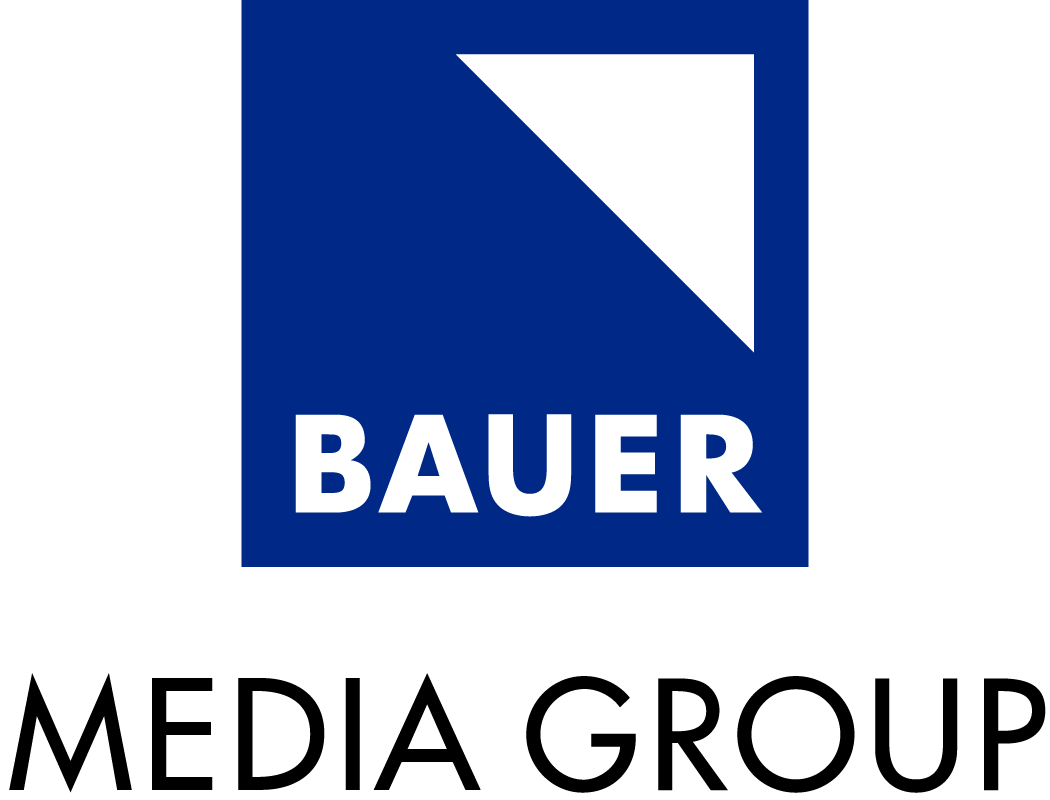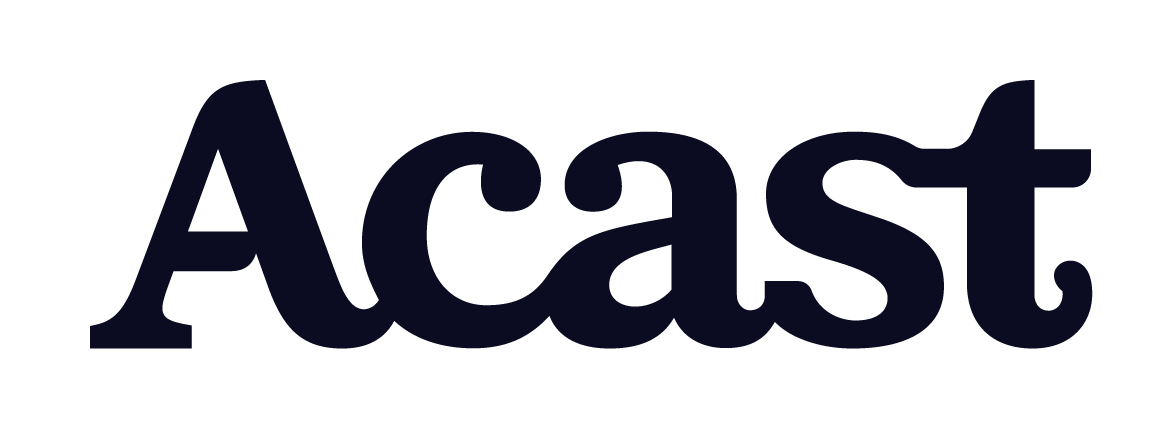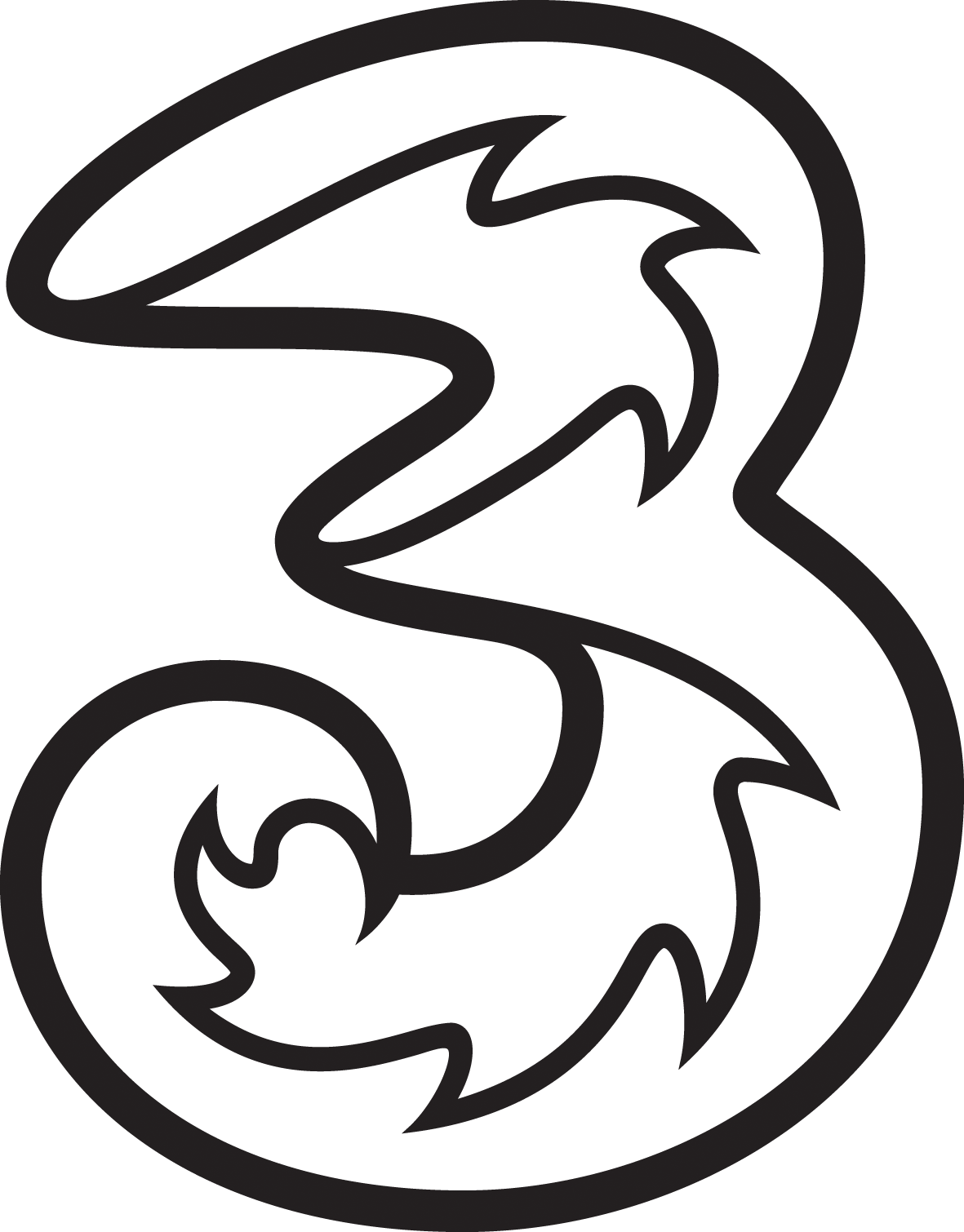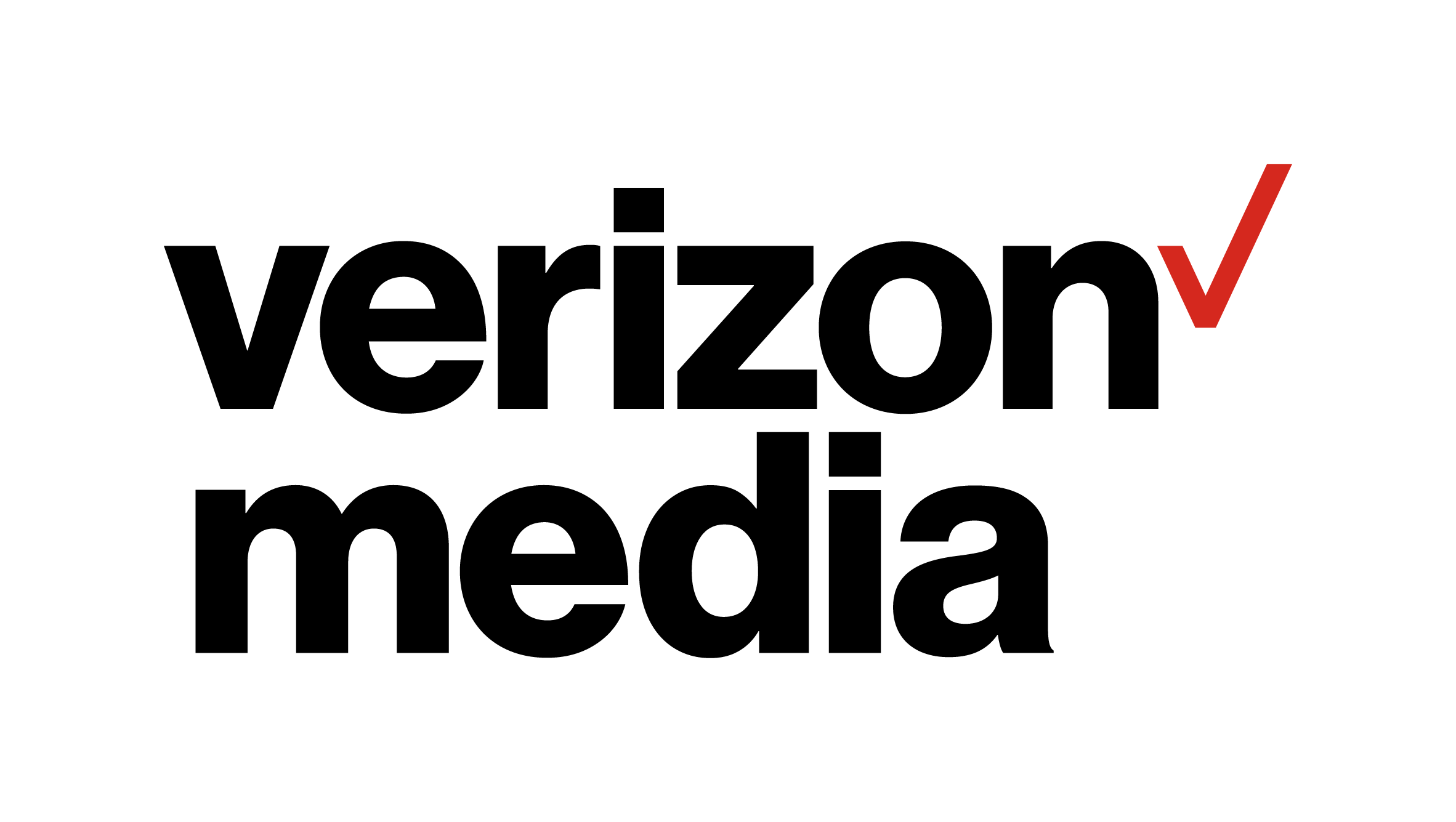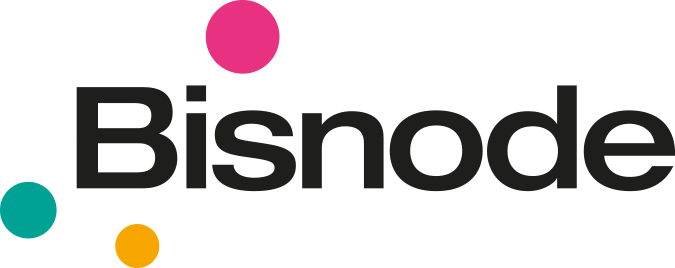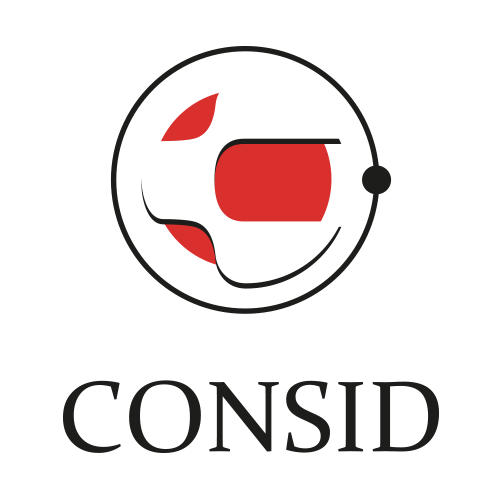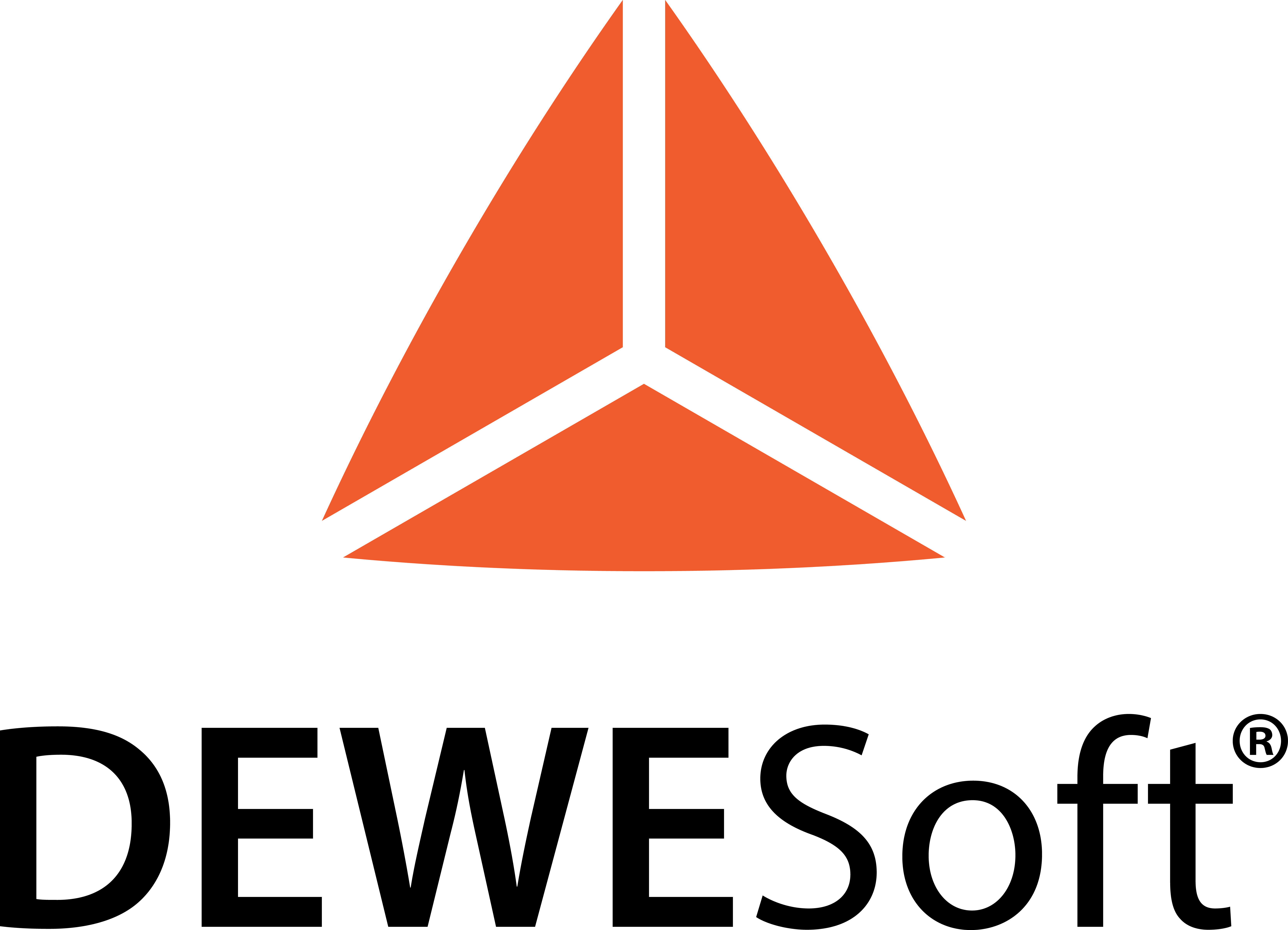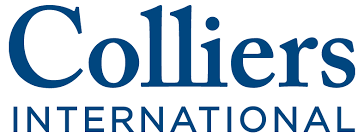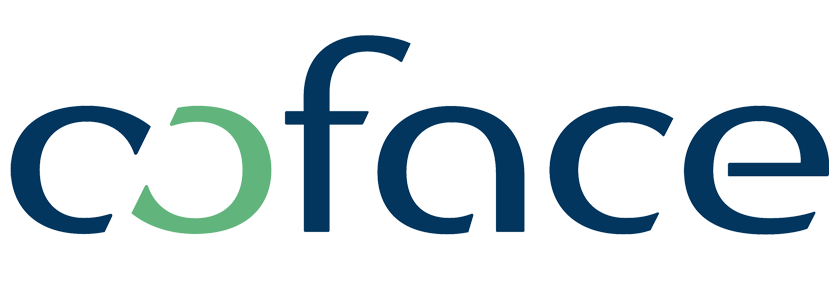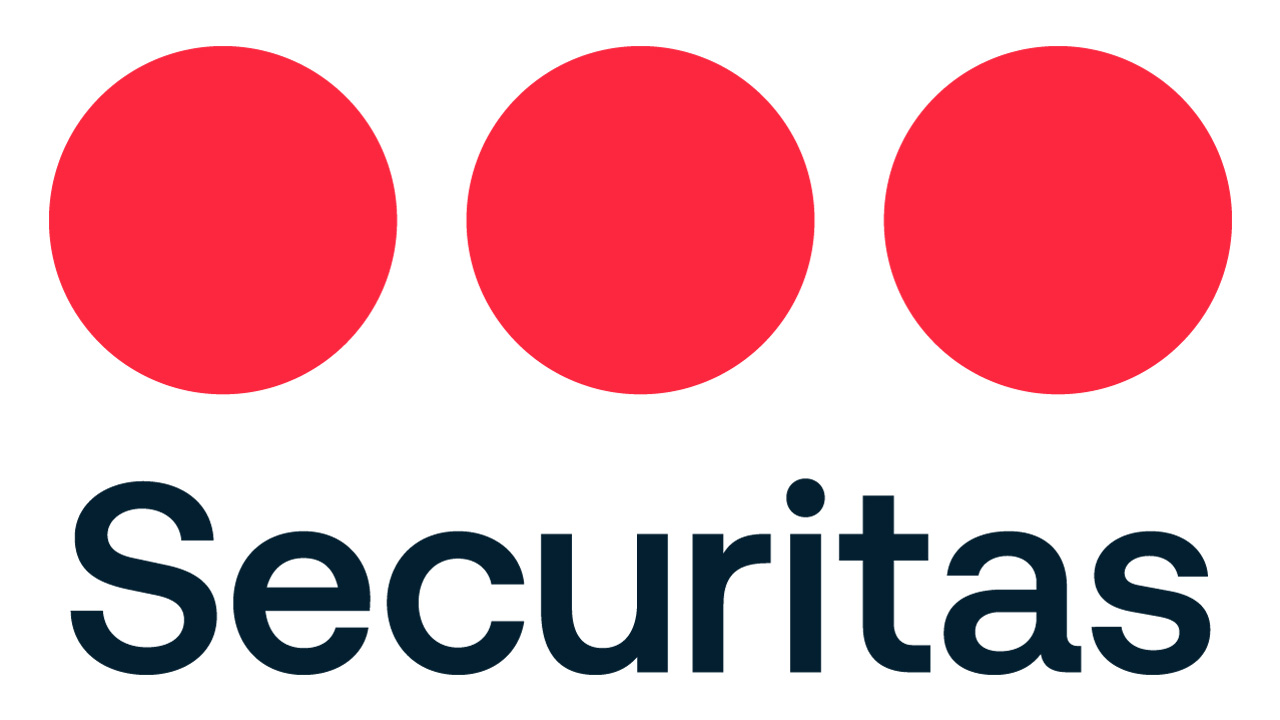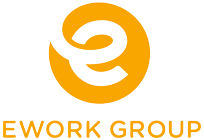This process requires absolute discretion and trust between client business, headhunting and candidates.
Headhunting can help companies expand their search and attract the best talents.
Headhunting allows companies to attract passive candidates that otherwise may not have applied for a role. This allows organisations to target the top talent within their sector.
With record number of vacancies being posted it can be difficult for companies to ensure they are attracting the top candidates when advertising job roles.
Our headhunters will research and target the most relevant individuals and create a short list of candidates.
Headhunting, which is often to referred to as an executive search, is the process of sourcing the best possible candidate for a position. This means identifying and targeting high level employees for a role that usually has significant importance for an organisation.
These ‘passive candidates’ allow organisations to attract a wider sample of candidates and ensure they are getting the absolute best possible candidates for the position.
The Difference Between Recruitment and Headhunting
Headhunting and recruitment essentially use different tactics to product the same result. Similar to the principles of inbound and outbound marketing, one relies on people coming to you while the other refferres to outreach and has a more pro-active approach.
There are a number of differences between traditional recruitment and headhunting with job adverts providing a much large group of candidates but headhunting bringing you a more targeted, higher quality group of candidates.
Recruitment is the process of finding the best candidates through engaging with people who are actively seeking a new role. Most of these candidates will apply via a job advert.
Whilst headhunting is the process of finding the best possible candidates by targeting those who are not actively seeking a new role, but that match the companies’ requirements. Headhunting is usually more suitable for hard to fill positions as it involves a much more targeted focus.
Headhunting will usually cost more than standard recruitment as head-hunters have to take additional measures to identify and target passive candidates which is not achieved through standard recruitment.
Standard recruitment is common practice for most companies and is used for the majority of open roles. This more reactive method is ideal for easier to fill positions that would attract a large pool of candidates.
Headhunting process in short
The Brief
Usually, a Head-hunter will start the process by getting a detailed brief from the client in terms of what they are looking for. They will run through minimum skills and experience and any other specific factors that would need to be considered. A job description is often created as a kind of roadmap to help guide the headhunting effort and to share with any potential candidates that are identified.
Identify Candidates
The Head-hunter will then perform a detailed search to identify potential candidates who would fit the standards and requirements. They will create a shortlist of suitable candidates and may also gather candidates from active job seekers at the same time. Head-hunters may work differently but at this stage most will either run a short list by the hiring manager or directly engage with the candidates to further qualify them.
Interviews
Once the list of potential candidates has been created, either the Head-hunter will carry out an initial screening call or they will set up a personal introduction to the hiring manager and help set up the interview process.
Offer
Once the internal interview process has been followed and the best candidate decided on, it is time to make an offer. This could either be done through the company directly, or via the Head-hunter.
Are you looking for a specific person? Do you have a general question as a customer or candidate? Use the form below and we will get back to you shortly!
Direct phone: 070 – 229 53 53 Direct email: info@talentpartner.se Work: work@talentpartner.se
We use cookies to improve our site and your experience. By continuing to browse our site you accept our Cookie Policy or




